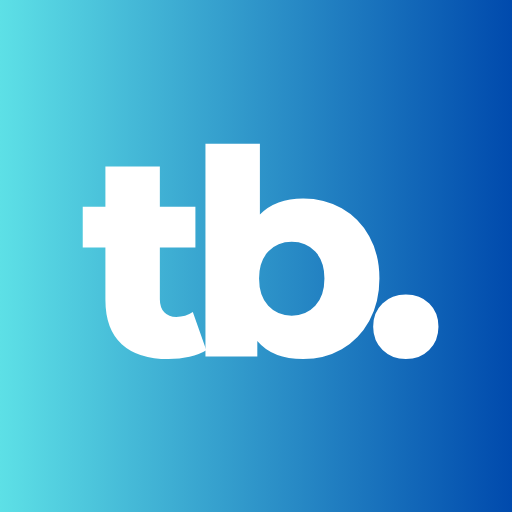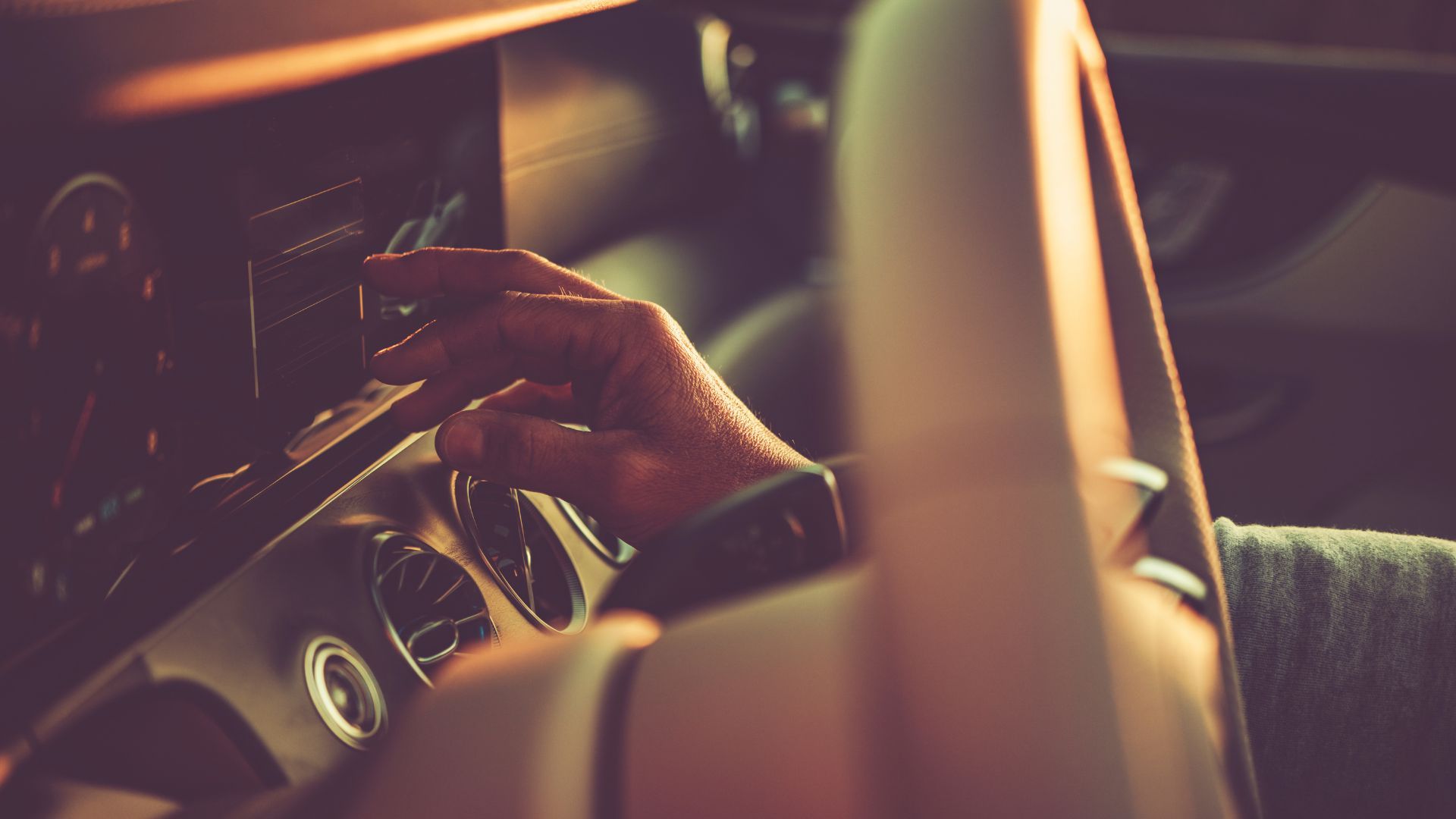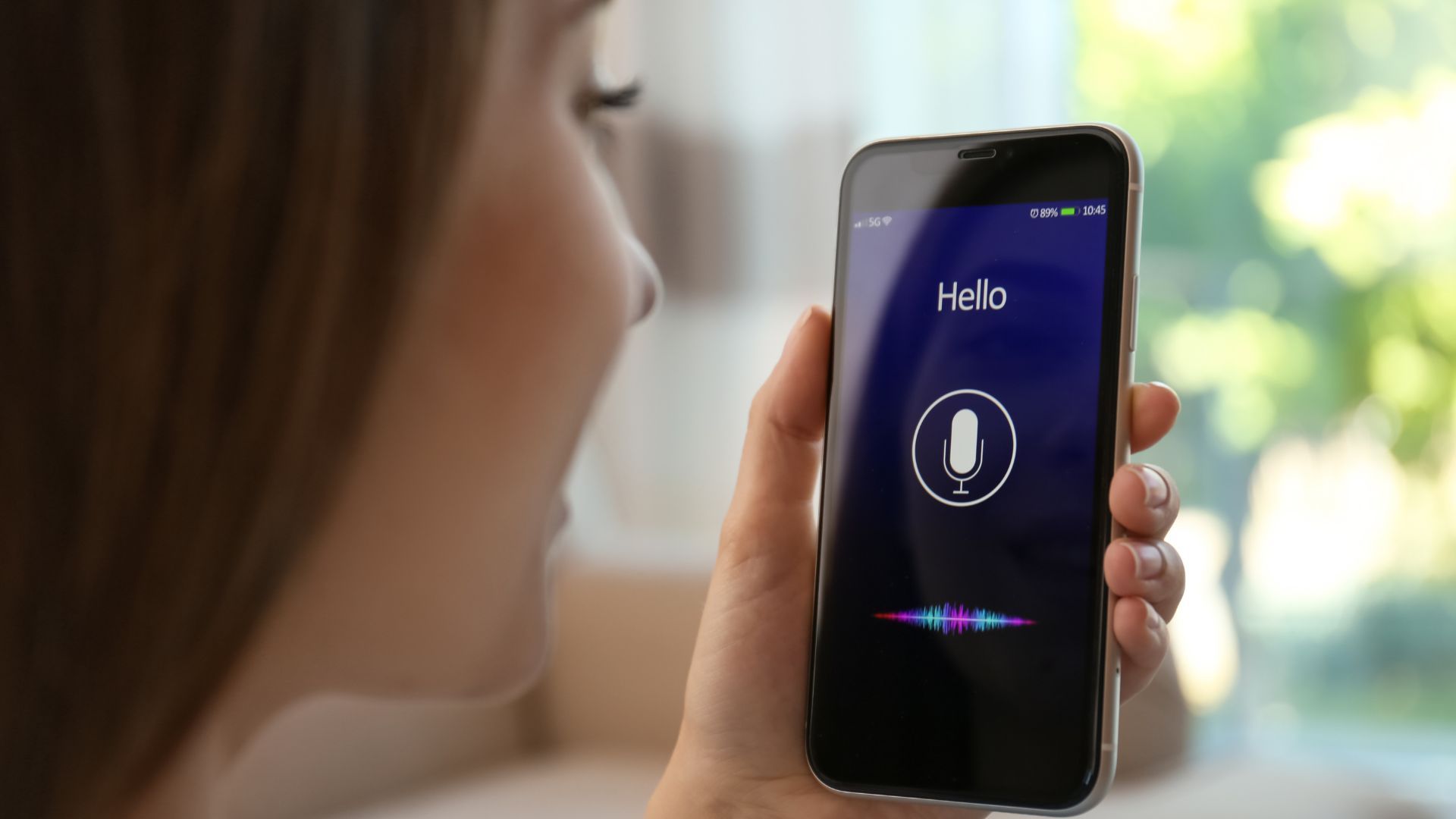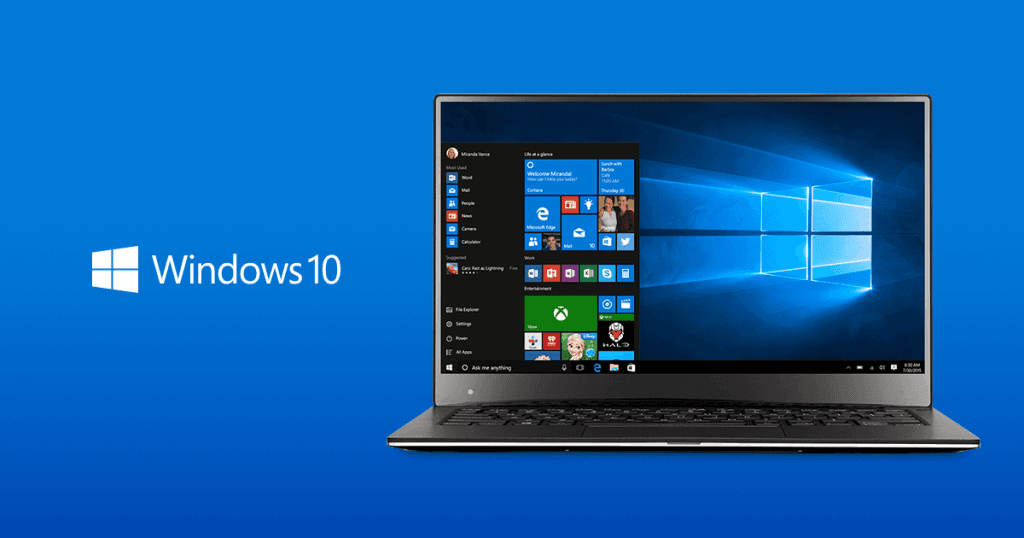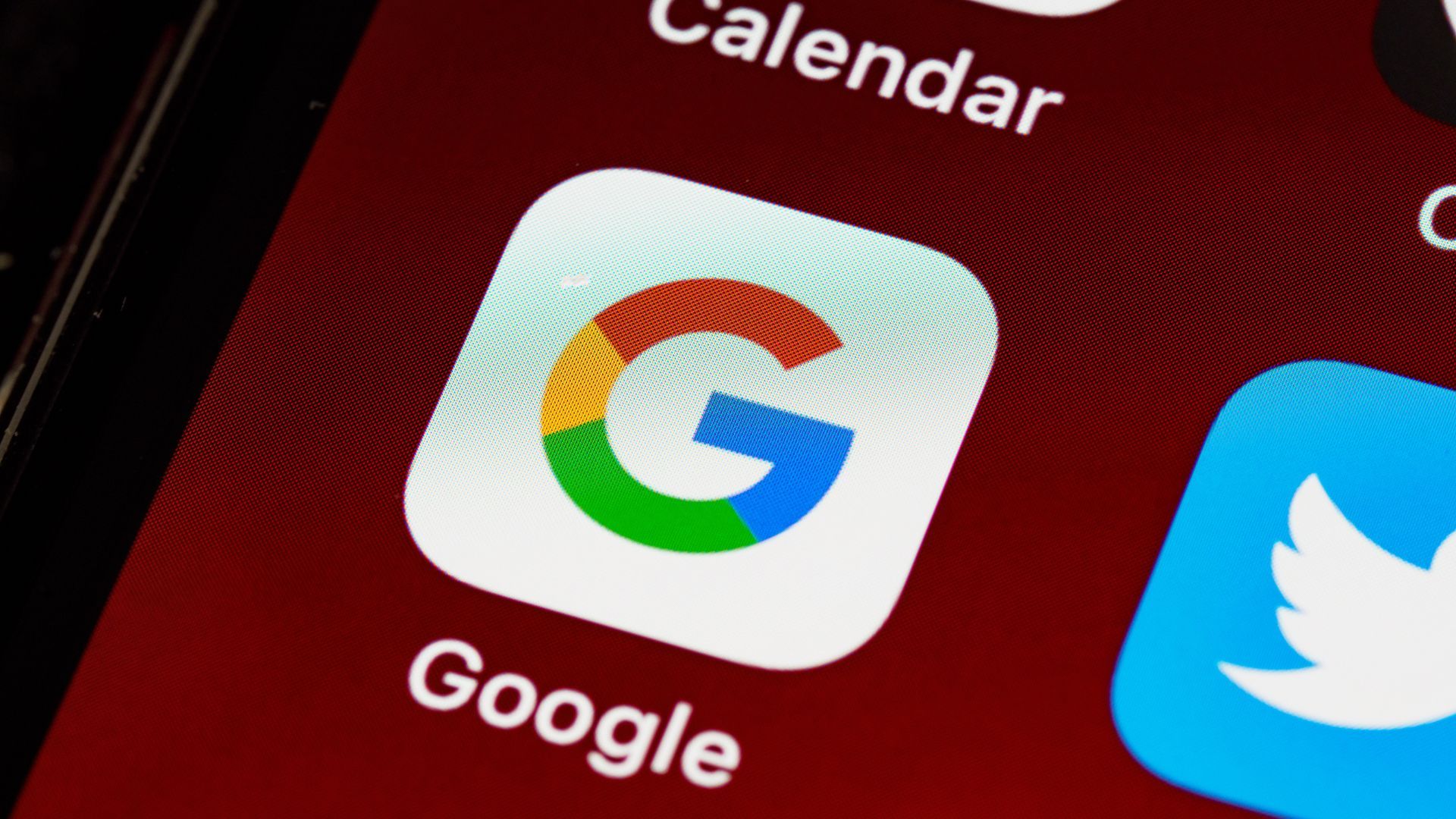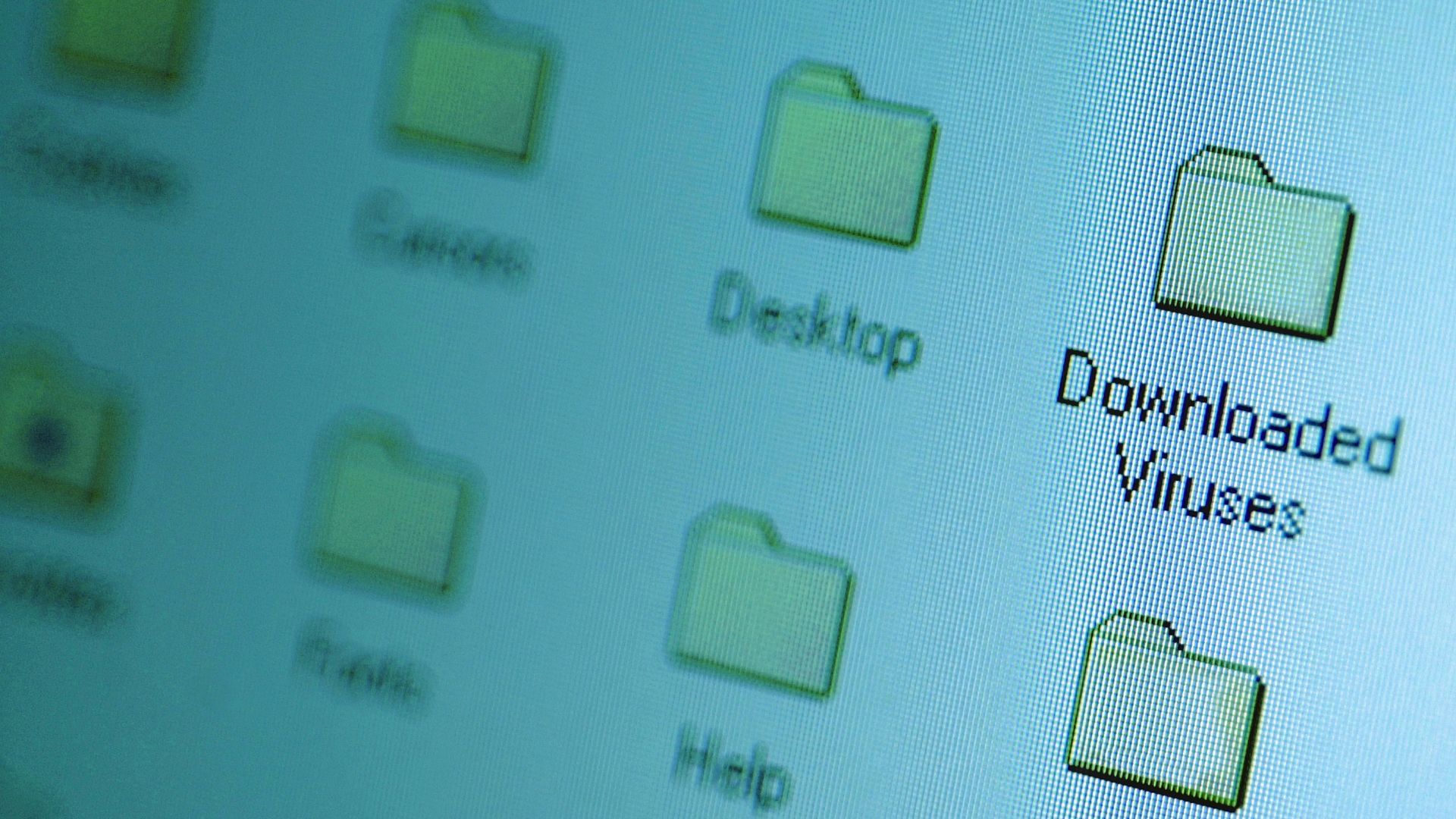The tech industry is known for its rapid innovation and groundbreaking products. However, not every launch becomes a success story. This list examines the 29 significant tech failures in history, showcasing how even industry giants and well-funded startups can miss the mark.
1. Theranos: The Blood-Testing Scam

Theranos, founded in 2003, claimed to revolutionize blood testing with just a few drops of blood. However, it was revealed that their technology didn't work as promised. In 2018, founder Elizabeth Holmes was charged with fraud, and the company collapsed, marking one of the biggest tech scandals ever.
2. BlackBerry: The Smartphone Pioneer That Lost Its Way

Once a giant in the smartphone world, BlackBerry failed to adapt to the touchscreen era dominated by iOS and Android. Their insistence on physical keyboards and a lack of apps led to a rapid decline. By the time they transitioned to Android, it was too late, and BlackBerry phones are now a thing of the past.
3. Samsung Galaxy Note 7: The Exploding Phone
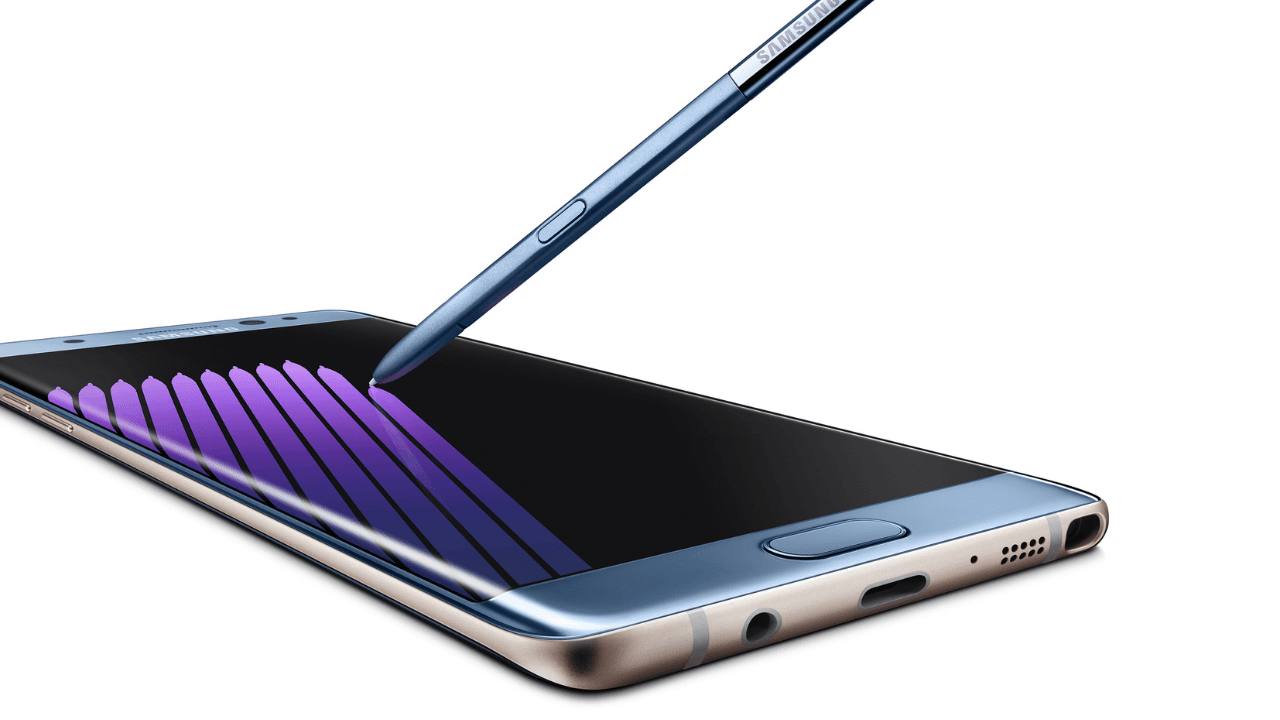
In 2016, Samsung faced a massive recall with its Galaxy Note 7 due to a battery defect that caused the phones to catch fire. Despite an initial recall and replacement, the new units still had the same issue. Samsung eventually discontinued the model, costing the company billions and damaging its reputation.
See also - 9 Ways To Fix Not Registered On Network on Samsung Galaxy
4. Segway: The Future of Personal Transportation?
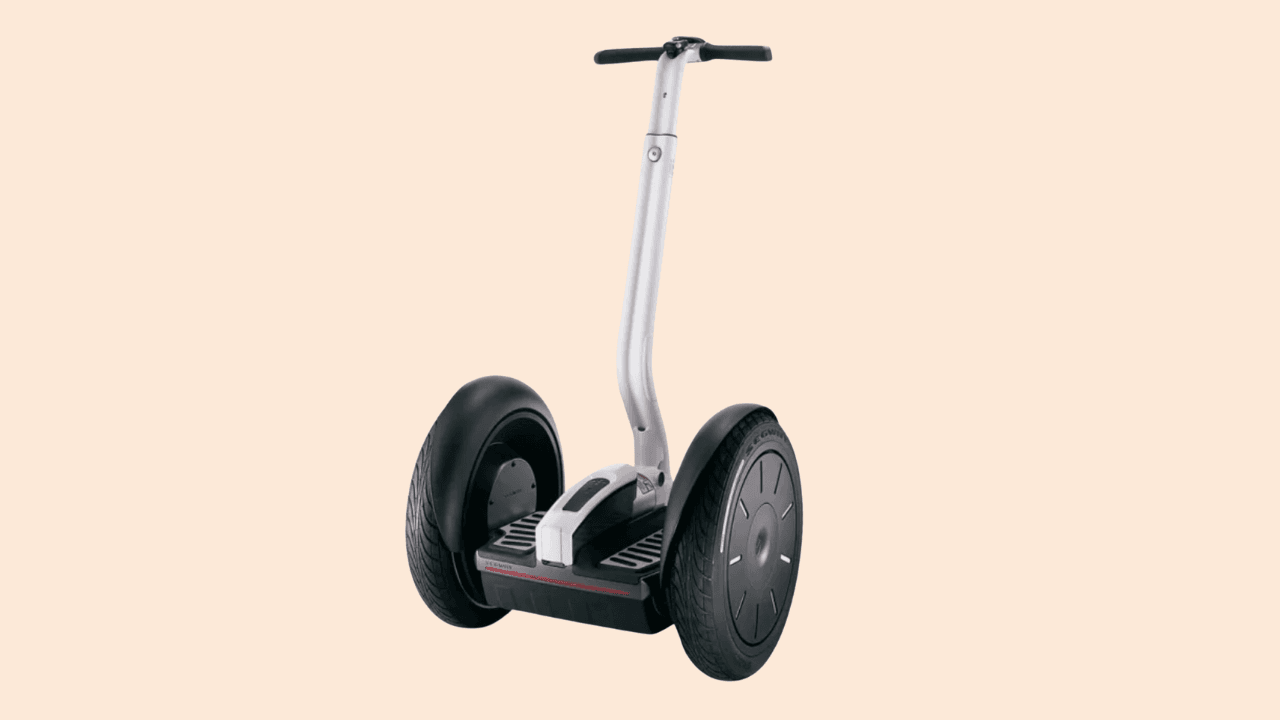
Launched in 2001, the Segway was hyped as a revolutionary mode of transportation. However, its high price, large size, and lack of clear use case limited its appeal. While it found some niche uses, it never became the widespread success its creators envisioned.
5. Google Glass: The Future That Never Was
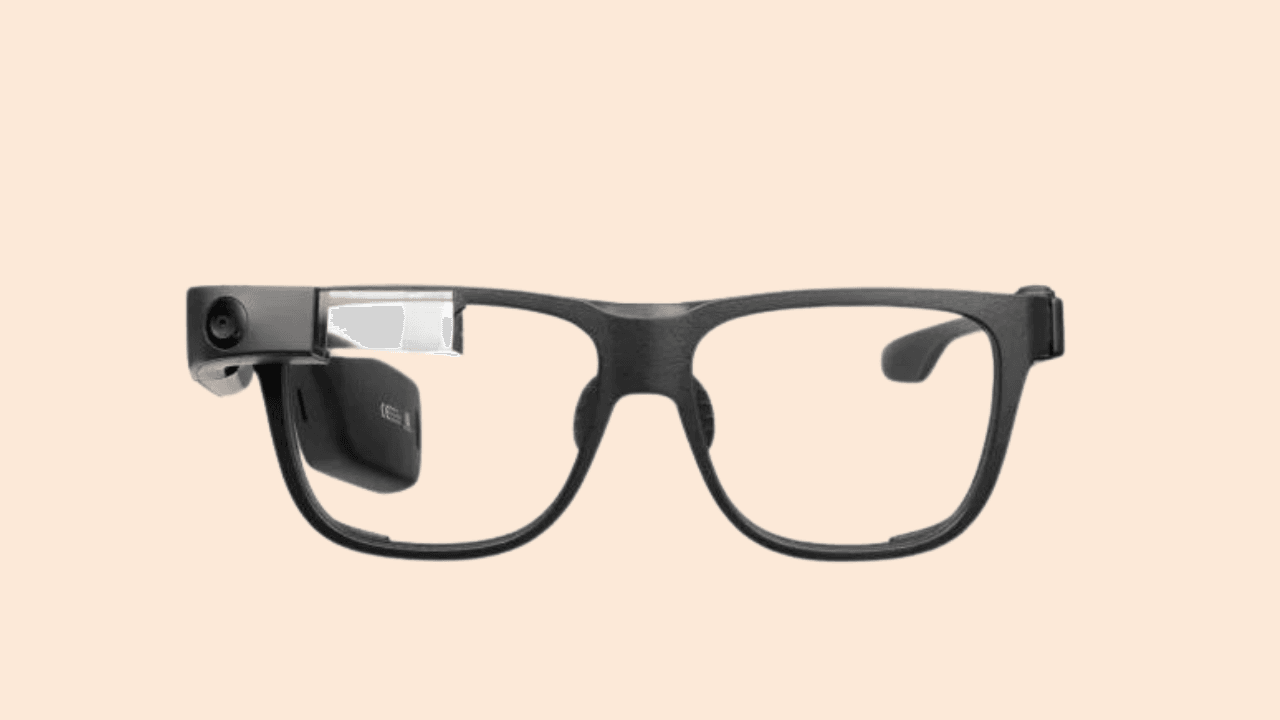
Google Glass promised a futuristic experience with augmented reality right before our eyes. Launched in 2013, it faced issues with privacy concerns, high costs, and a lack of clear purpose for everyday users. It quickly became a symbol of tech overreach, and by 2015, Google ceased its consumer sales, pivoting to enterprise use instead (which is no more).
6. Nintendo Virtual Boy: A 3D Disaster
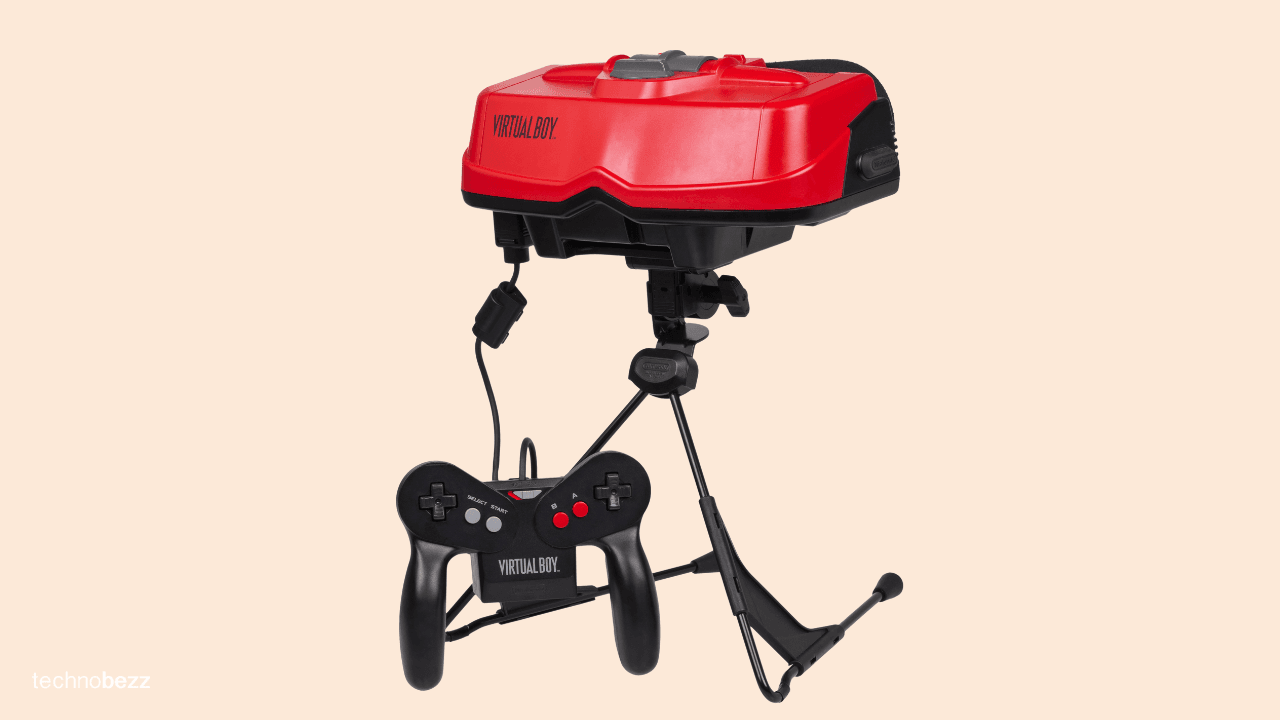
In 1995, Nintendo attempted to bring 3D gaming to the masses with the Virtual Boy. Unfortunately, it was uncomfortable to use, had a limited game library, and its monochromatic display caused headaches and eye strain. The Virtual Boy was discontinued after only a year on the market.
7. Microsoft Zune: The iPod Killer That Wasn't

Microsoft tried to take on Apple's iPod with the Zune, but it quickly became clear that this was a battle they wouldn't win. By 2009, just before the release of the Zune HD, it held only 2% of the market. Despite the Zune HD's sleek design and innovative text-based interface, it couldn't compete with the iPod's vast ecosystem of apps and accessories. The Zune line was discontinued in 2011, yet its design principles influenced later Microsoft products like Windows Phone and the Windows 8 interface.
The Zune's failure highlighted the challenges of entering a market late and lacking compelling advantages over established competitors.
8. Apple Maps: When Directions Went Wrong
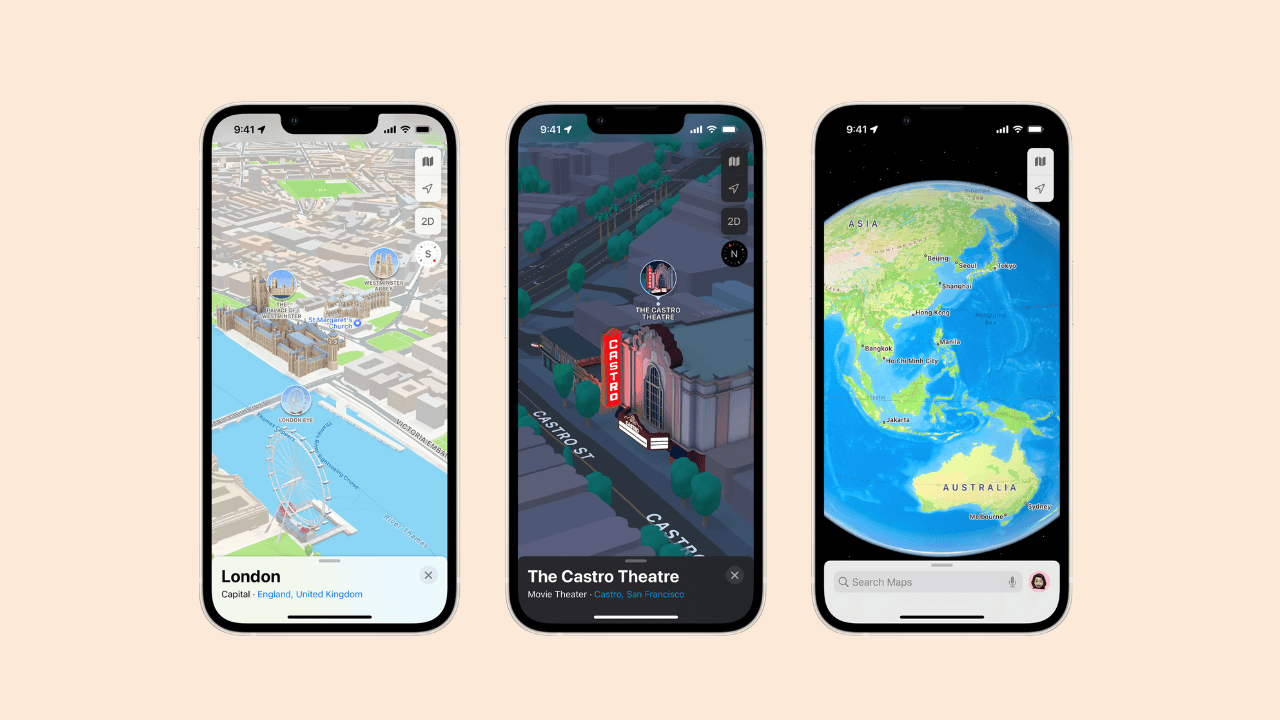
When Apple decided to replace Google Maps with its own mapping service in 2012, it was a disaster. Users found themselves directed to non-existent locations, bridges to nowhere, and entire towns misplaced. Apple CEO Tim Cook had to issue a public apology, and the company has been working ever since to improve the service.
9. Juicero: The $400 Juice Press

Juicero offered a high-tech juice press for $400 that squeezed proprietary juice packs. The product was ridiculed when it was revealed that the packs could be squeezed by hand, rendering the machine unnecessary. Juicero shut down in 2017 after failing to justify its existence.
10. Amazon Fire Phone: The Flame That Flickered Out
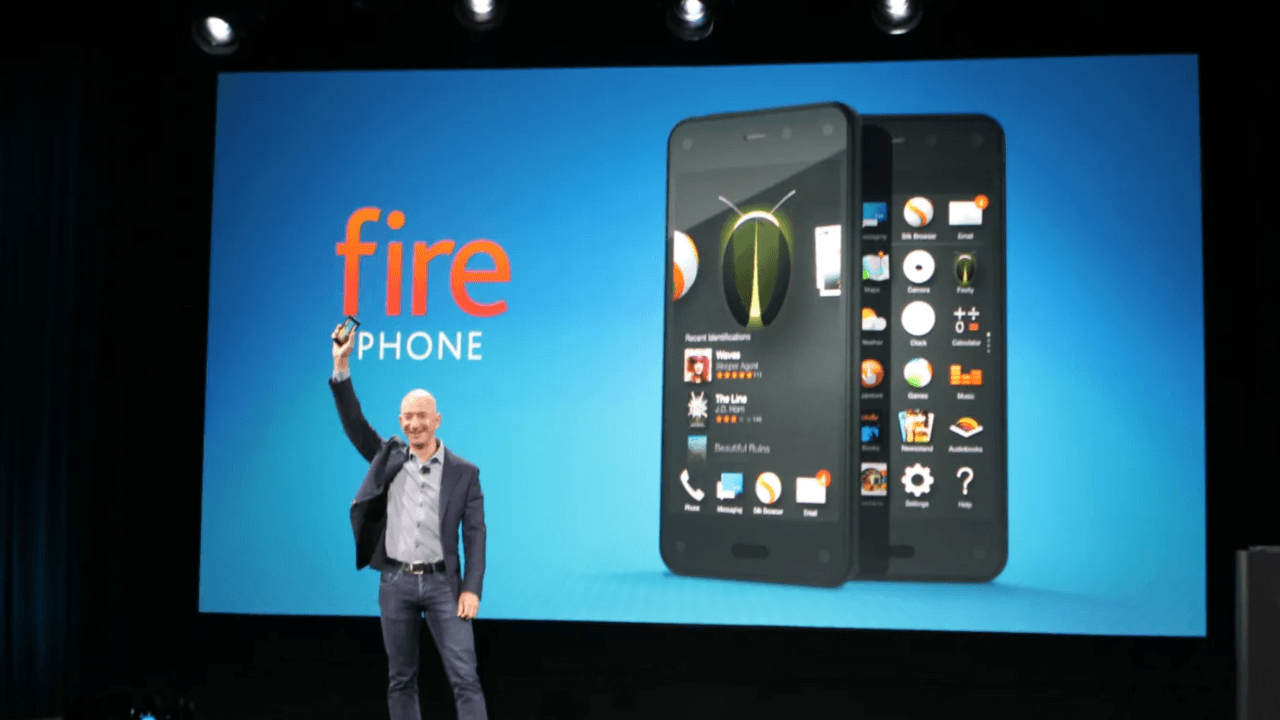
Amazon's attempt to enter the smartphone market with the Fire Phone in 2014 was a flop. Despite innovative features like Dynamic Perspective, it failed to attract consumers due to its high price, lack of apps, and being tied too closely to Amazon's ecosystem. The Fire Phone was discontinued in 2015.
11. BlackBerry Storm: The Unresponsive Touchscreen
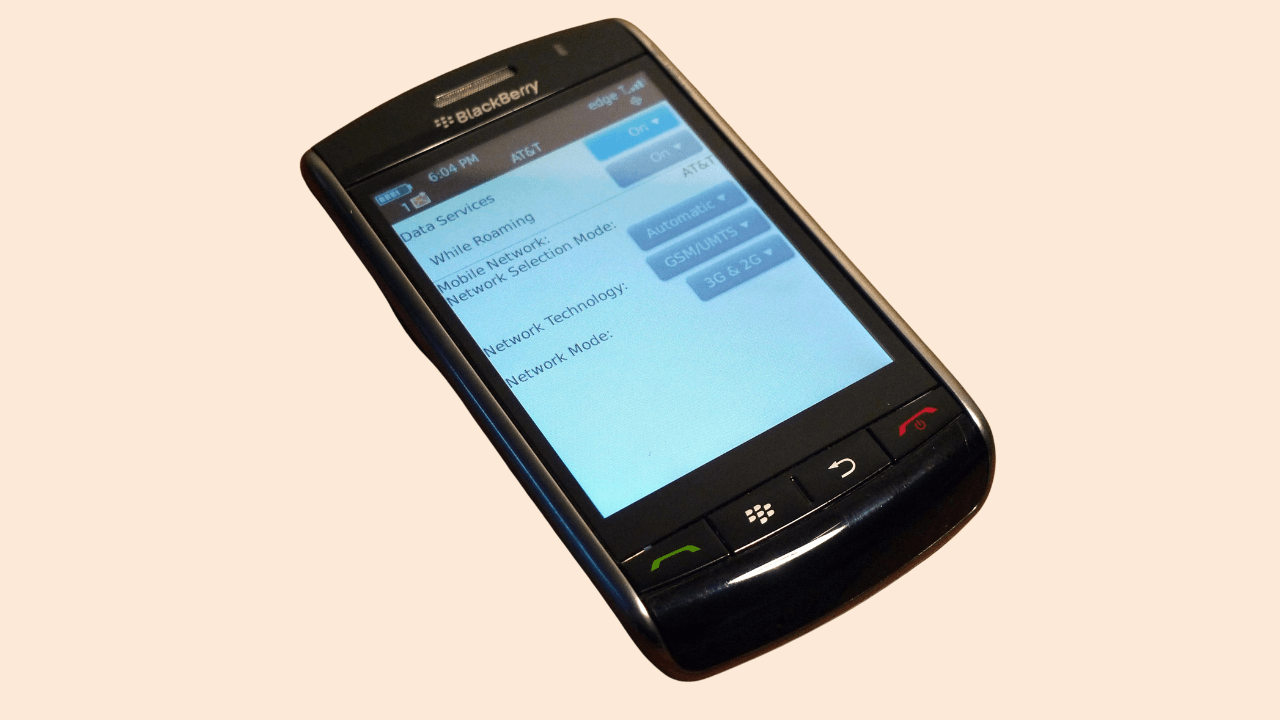
The BlackBerry Storm, released in 2008, was BlackBerry's first attempt at a touchscreen phone. However, its "clickable" screen was slow and unresponsive, leading to a frustrating user experience. It couldn't compete with the iPhone and Android devices, marking the beginning of BlackBerry's decline.
If you liked this story, please follow us and subscribe to our free daily newsletter.
12. Boo.com: The Dot-Com Bust Poster Child
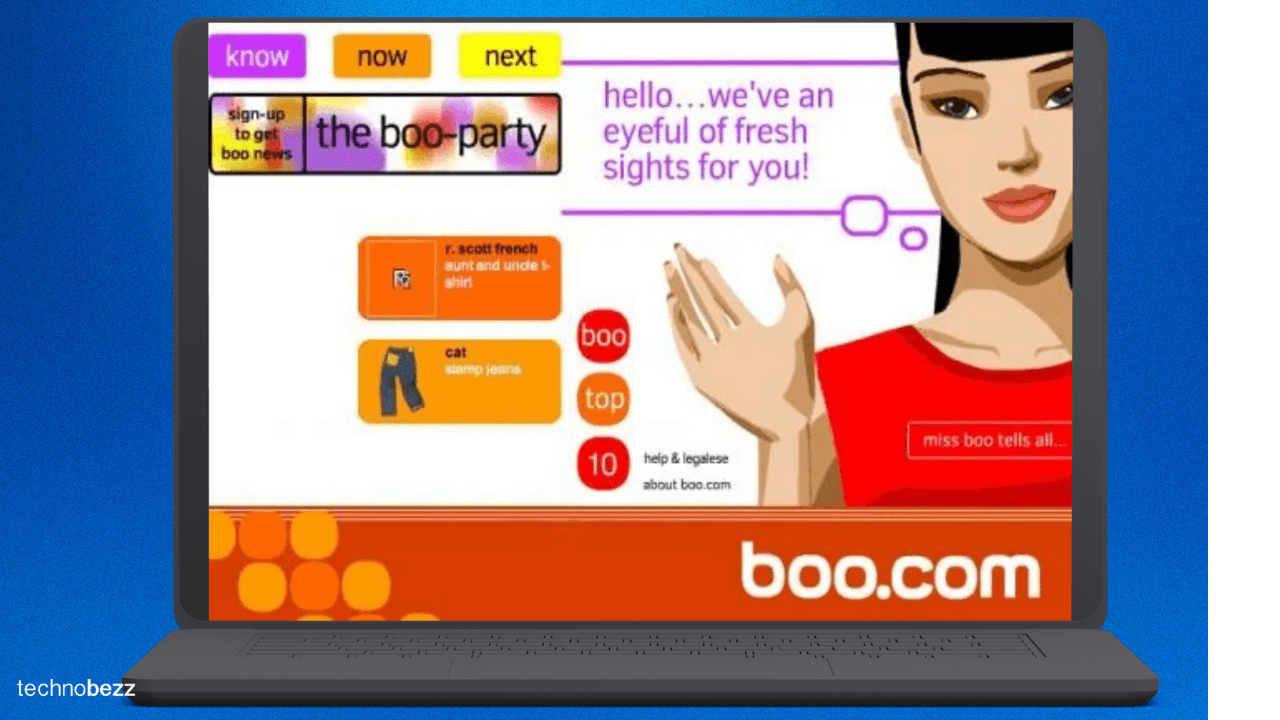
Boo.com, a fashion retail website launched in 1999, quickly became infamous for its excessive spending and technical issues. It offered a slow and bulky user experience due to its heavy graphics. Just 18 months after launching, Boo.com went bankrupt, symbolizing the dot-com bubble burst.
13. Google+: The Social Network Nobody Wanted
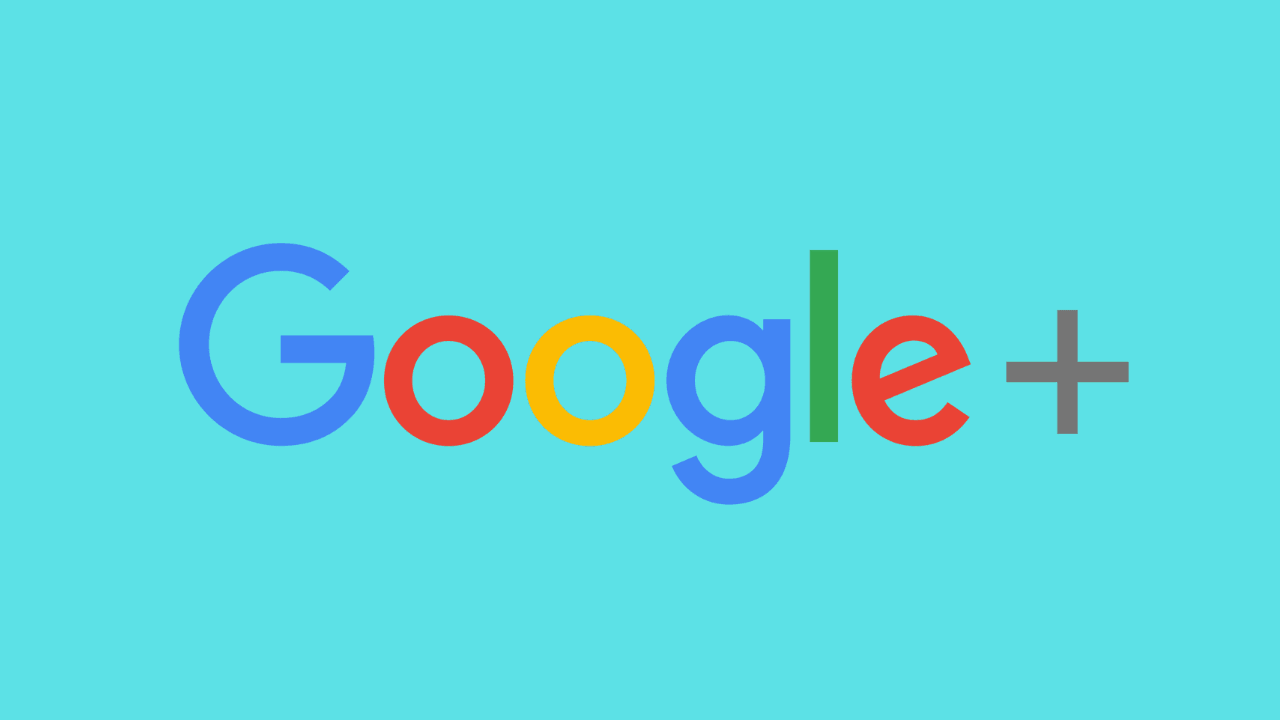
Google+ was Google's attempt to rival Facebook, launched in 2011. Despite integrating with other Google services, it struggled to attract active users. Privacy issues and a lack of unique features led to its shutdown in 2019.
14. Microsoft Clippy: The Annoying Assistant

Clippy, the animated paperclip assistant in Microsoft Office, was introduced in 1997. Instead of being helpful, Clippy became notorious for its intrusive and often unnecessary suggestions. Microsoft retired Clippy in 2001, but it remains a symbol of annoying software design.
See also - Why Do Smartphones Get Slower Over Time
15. Uber's Self-Driving Car Program: The Autonomous Aspiration That Crashed
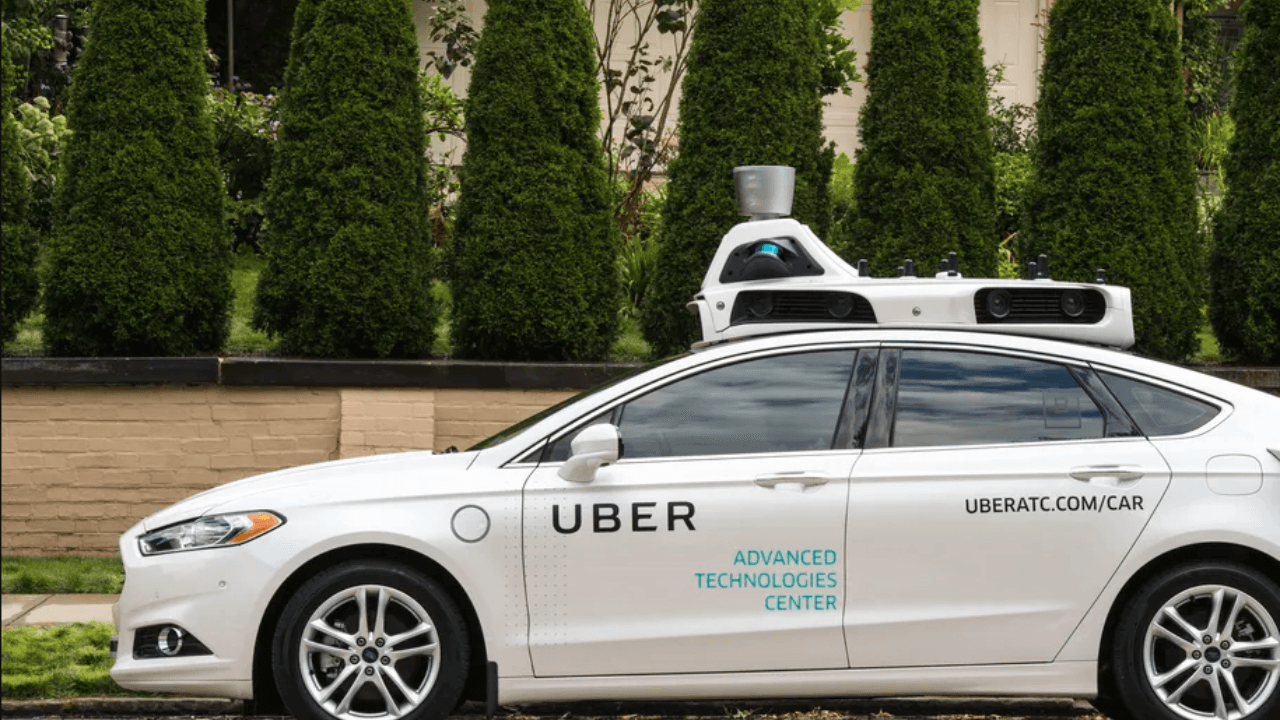
Uber's ambitious self-driving car program aimed to revolutionize transportation but hit a major roadblock in 2018 when one of its vehicles was involved in a fatal pedestrian accident in Arizona. This tragic incident raised serious safety concerns and led to Uber selling its autonomous vehicle unit in 2020, effectively ending its driverless dreams.
16. Sony Betamax: The Format War Loser
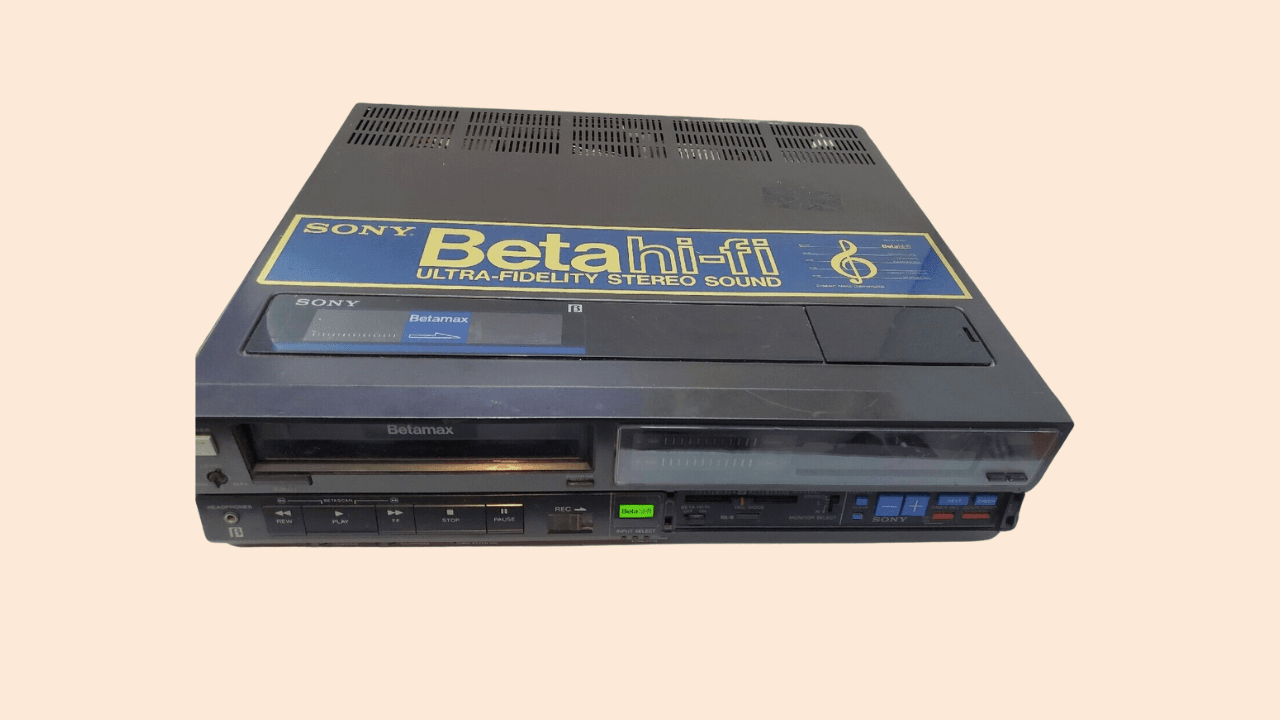
Sony's Betamax, released in 1975, lost the videotape format war to VHS. Despite superior picture quality, Betamax's shorter recording time and higher cost led to its downfall. By the 1980s, VHS had become the dominant format, relegating Betamax to a niche market.
17. Snapchat Spectacles: The Wearable Camera Misfire

Launched in 2016, Snapchat Spectacles were sunglasses with built-in cameras designed to seamlessly capture moments for the app. Despite initial hype and clever marketing, limited functionality and a clunky user experience led to poor sales. Snap Inc. ended up with warehouses full of unsold inventory, resulting in a $40 million write-down.
18. HP TouchPad: The 49-Day Wonder

HP's TouchPad, launched in 2011 to challenge the iPad, faced a swift demise due to its limited app ecosystem and underwhelming performance. In a shocking move, HP discontinued the product just 49 days after release, marking one of the briefest lifespans in tech product history.
19. Pebble Smartwatch: From Crowdfunding Star to Tech Memory
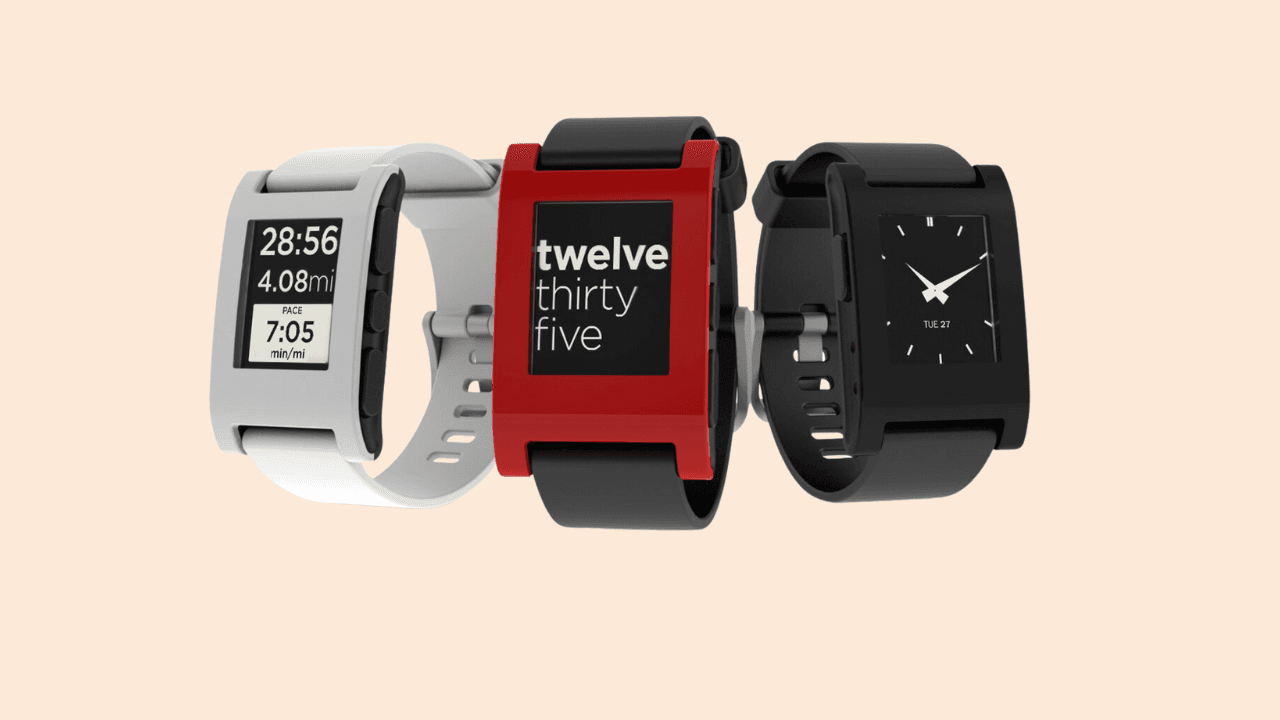
Pebble, launched via a record-breaking Kickstarter campaign in 2012, pioneered the modern smartwatch. Despite initial success and a devoted user base, it struggled to compete with tech giants entering the market. Financial challenges led to Fitbit's acquisition of Pebble in 2016, ending its brief but influential run in wearable technology.
20. Apple Newton: The PDA That Missed the Mark

Released in 1993, the Apple Newton was one of the first personal digital assistants (PDAs). However, its high price, bulkiness, and infamous handwriting recognition issues led to poor sales. The Newton was discontinued in 1998, but it paved the way for future mobile devices.
21. Microsoft Kin: The Teen Phone That Flopped
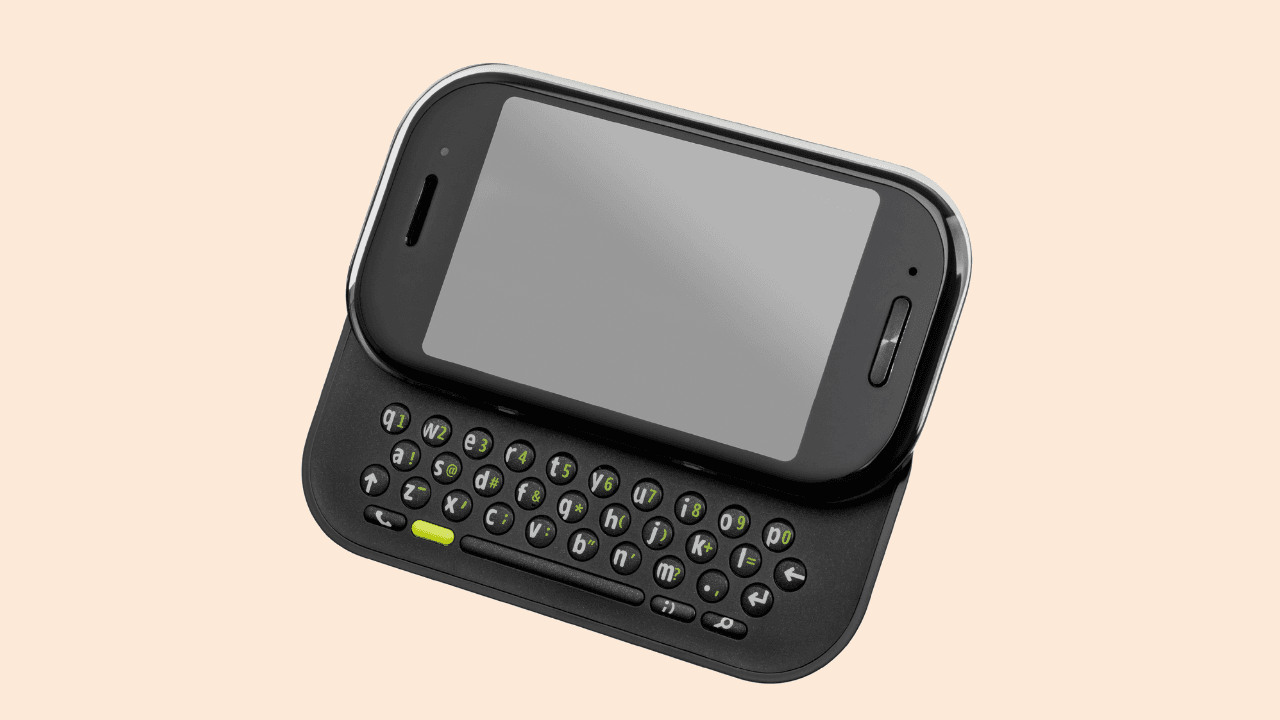
Microsoft's Kin, aimed at teenagers, was released in 2010 but was poorly received due to its limited features and high price. Just two months after launch, Microsoft discontinued the Kin, making it one of the shortest-lived mobile phones ever.
See also - Everything Google Knows About You
22. IBM PCjr: The Home Computer Flop

The IBM PCjr, launched in 1984, aimed to bring IBM's computing power to the home market. However, it suffered from a high price, awkward keyboard, and limited software compatibility. Sales were disappointing, and IBM discontinued it after just two years.
23. Apple Lisa: The Expensive Innovation

The Apple Lisa, introduced in 1983, was one of the first personal computers with a graphical user interface (GUI). Despite its innovative features, the Lisa's exorbitant price and slow performance led to poor sales. It was discontinued in 1986, overshadowed by the more successful Macintosh.
24. Microsoft Bob: The Friendly Failure
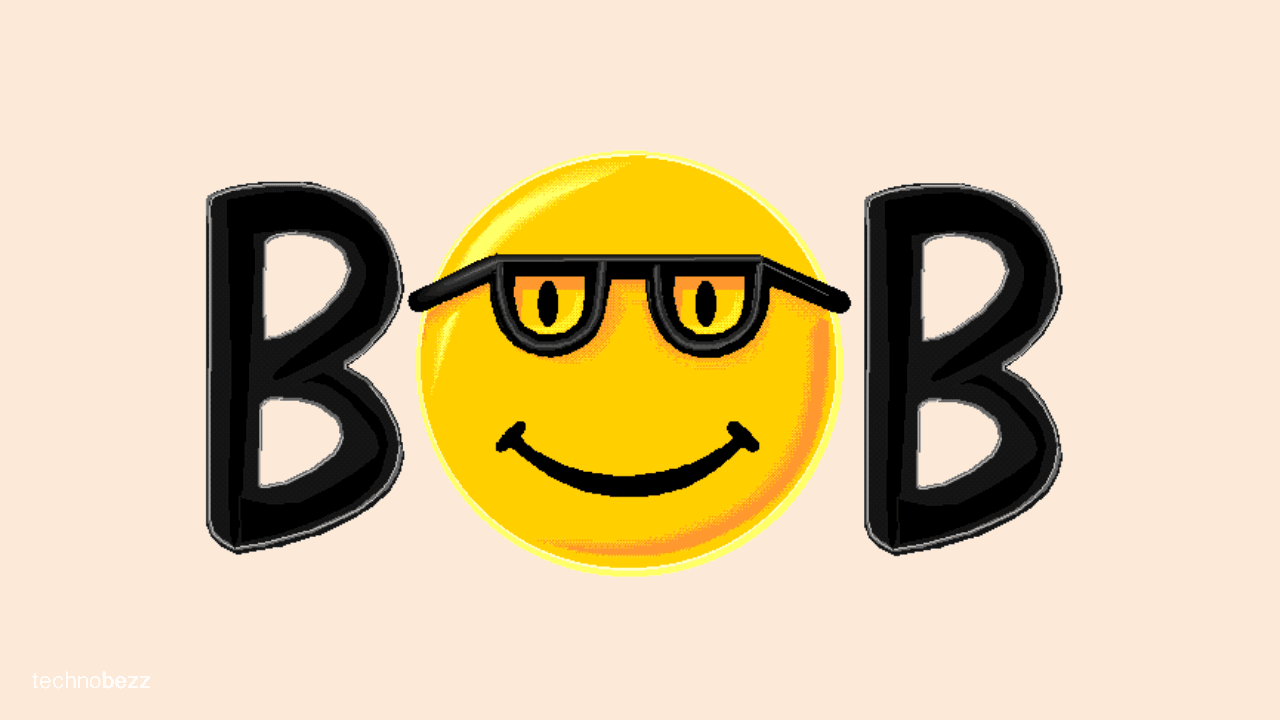
Microsoft Bob, released in 1995, was an attempt to create a user-friendly interface for Windows. Featuring cartoon characters and a simplistic layout, it was widely criticized for being overly simplistic and condescending. Bob was discontinued in 1996 and remains a punchline in tech history.
25. iTunes Ping: The Social Network Nobody Used

Launched in 2010, iTunes Ping was Apple's attempt to blend music streaming with social networking. Despite Apple's strong brand and iTunes' popularity, Ping failed to attract users due to limited features and integration issues. Apple quietly shut it down in 2012, marking a rare social media misstep for the tech giant.
26. Nokia N-Gage: The Gaming Phone That Couldn't
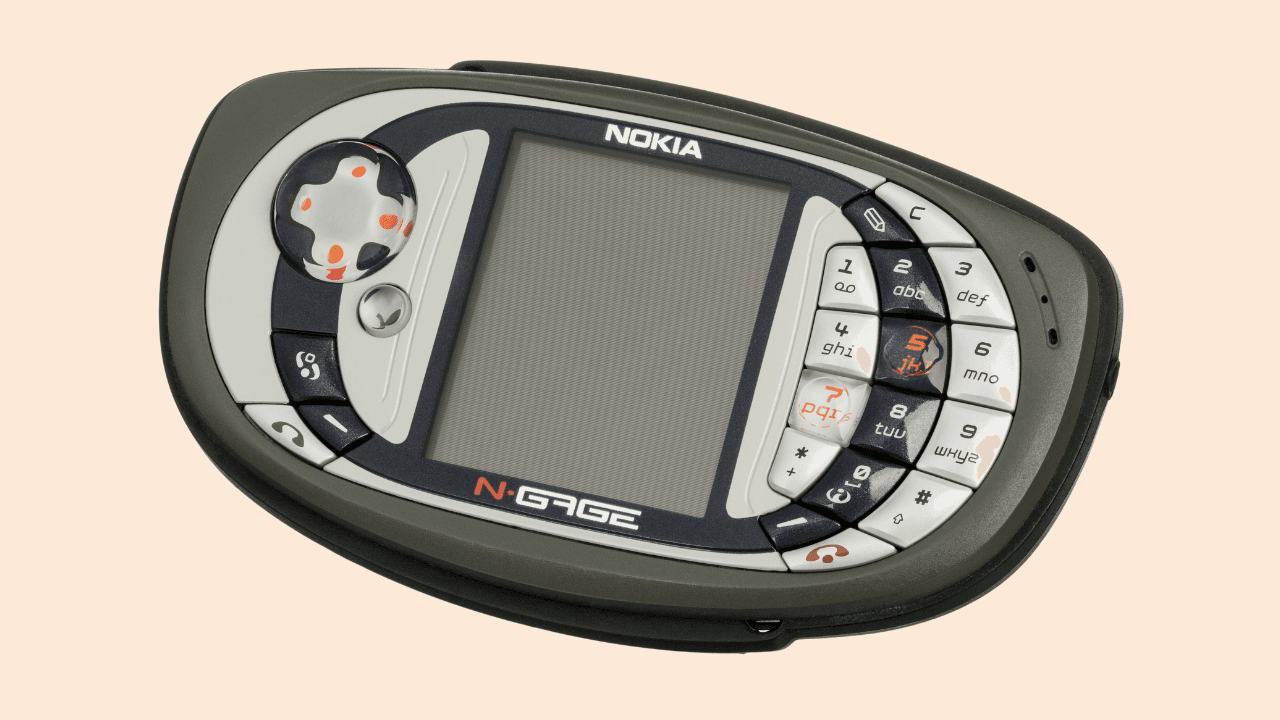
The Nokia N-Gage, released in 2003, attempted to merge mobile gaming and phone functionality. Its awkward design, poor game library, and high price turned off consumers. Despite revisions, the N-Gage was discontinued in 2005, and Nokia shifted its focus back to traditional phones.
27. Humane Ai Pin: The AI Wearable Yet to Prove Its Worth

Launched in late 2023, the Humane Ai Pin was introduced as a screenless, AI-powered wearable device aimed at reducing smartphone dependency. Despite hype and backing from tech industry veterans, its initial reception has been mixed. Critics have questioned its practicality, price point, and whether it truly offers a compelling alternative to smartphones.
While it's too early to declare it a failure, the Ai Pin faces an uphill battle in proving its relevance in a crowded tech market.
See also - Humane AI Wearable Startup Eyes Sale Valued at Up to $1 Billion
28. Apple III: The Business Computer That Couldn't Keep Its Cool
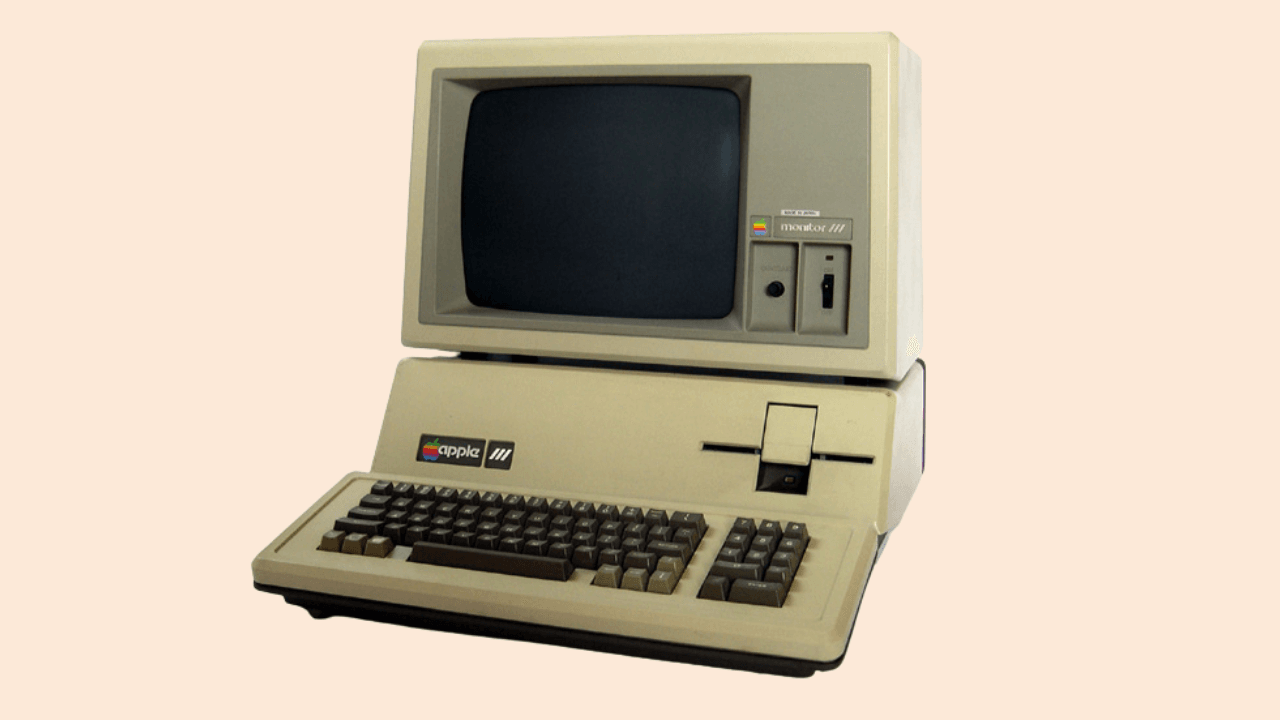
Introduced in 1980, the Apple III was supposed to take Apple into the business market. However, due to design flaws such as the lack of a cooling fan, it frequently overheated and became unreliable. This issue, coupled with limited software support, led to its failure and near financial ruin for Apple.
29. Apple Butterfly Keyboard: The Typing Mechanism That Stuck

Introduced in 2015, Apple's butterfly keyboard aimed to redefine laptop design with an ultra-thin profile. However, users soon encountered stuck keys and unreliable typing due to the mechanism's vulnerability to dust and debris. Despite multiple iterations attempting to address these issues, Apple ultimately reverted to a traditional scissor-switch design in 2019, ending the short-lived butterfly keyboard era.
If you liked this story, please follow us and subscribe to our free daily newsletter.


